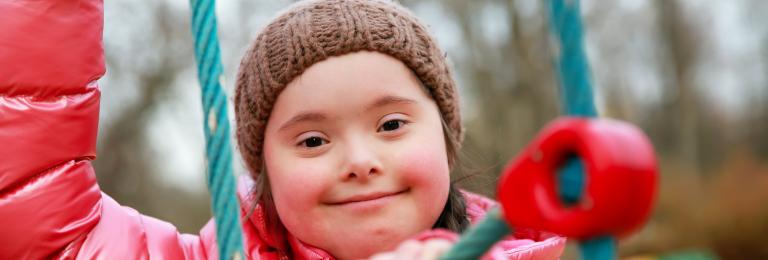Getting the most out of Playground Time
The playground is a parental lifesaver. It’s free, its outdoors, there are usually other adults for you, and kids for them.
Playgrounds are a place for children to work on growing physical skills and increase their independence. And though just setting them loose in the playground is a great start, there are ways you can build skill development, especially when they are young:
1. Find the parks that work for you
An important thing to consider is the “age range” of the park. Take a look at several neighbourhood parks to see which ones will work best for your child’s age and stage. Many modern parks try to incorporate activities for a wide age range. But if, for example, the park is close to a road or parking lot, and your little one is a runner, you’re never going to be able to take your eyes off them for a moment, or be unafraid. That’s no good for you or your child.
For younger children, try to find a park with lots of greenery and wide spaces to run. This is ideal for developing walking and running skills, playing catch, and stirring the imagination: think like a child and try to create “an enchanted forest”. Let them explore their senses, truly getting engaged in identifying squirrels, pointing out birds, and feeling the rocks, grass, and trees.
2. Choose the right paths
Look for parks with pathways. You can practice army walking with them, encourage tricycle/toy car time, or just let them feel the different terrain.
The more comfortable they are with all the nooks and crannies of the park that they find when exploring, the safer they feel. The less fear, the more fun and skill-enhancing activities they’ll be excited to take on.
3. Set them free
The next thing to do is to take a deep breath, two if you’re the nervous type. Then — and this may be the hard part for some — take a step back. Allow your child to play freely. Put that propeller away, take a sip of your coffee, and watch them try something.
But don’t watch too obviously. Stop yourself from running to their side at the first sign of difficulty. Be nearby, but resist the urge to rescue. Now that your child is old enough to play more independently at the park you probably need to get used to this new phase as much as they do. Don’t worry, you’ll know when you need to be right there, guiding them towards that next exciting new challenge.
4. Be part of the fun
This part may seem obvious, and possibly counter to the “back off” advice above, but try to experience the park with them. It takes a tuned-in parent to see when they need to stand back and when they need to get into the sandbox with their child and play.
Talk to them about what they’re doing, encourage them by asking what it was like to jump that puddle, or climb the jungle gym. It’s helpful for kids to be able to connect their physical experiences with words.
The playground is a wonderful place to create great memories with your child. When they connect those happy times in the park with their parent, both being active, you set a lifelong connection between activity and fun.
So, yes, encourage them to play by themselves and with other kids, too, but if your child wants to play hide and seek, figure out a good spot and count to 10. It’s great for both of you.
By: Lori Fireman
This article has been edited for length. To read the original, please visit Active for Life: https://activeforlife.com/preschoolers-playground-time/
Active for Life is a national initiative created to help parents raise physically literate children. At activeforlife.com, parents, educators, and coaches will find fun activities, engaging articles, and free resources to get kids active, healthy and happy. Sign up for Active for Life’s monthly newsletters. Connect with Active for Life on Facebook, Instagram, and Twitter.
